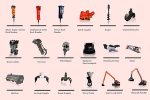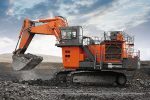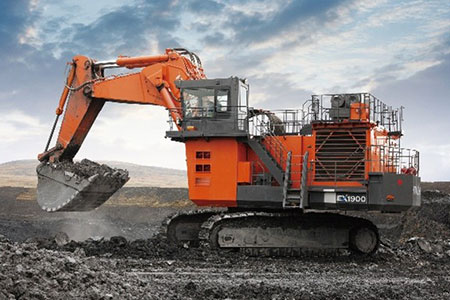Excavator: Types, Specifications, Uses in Construction Site
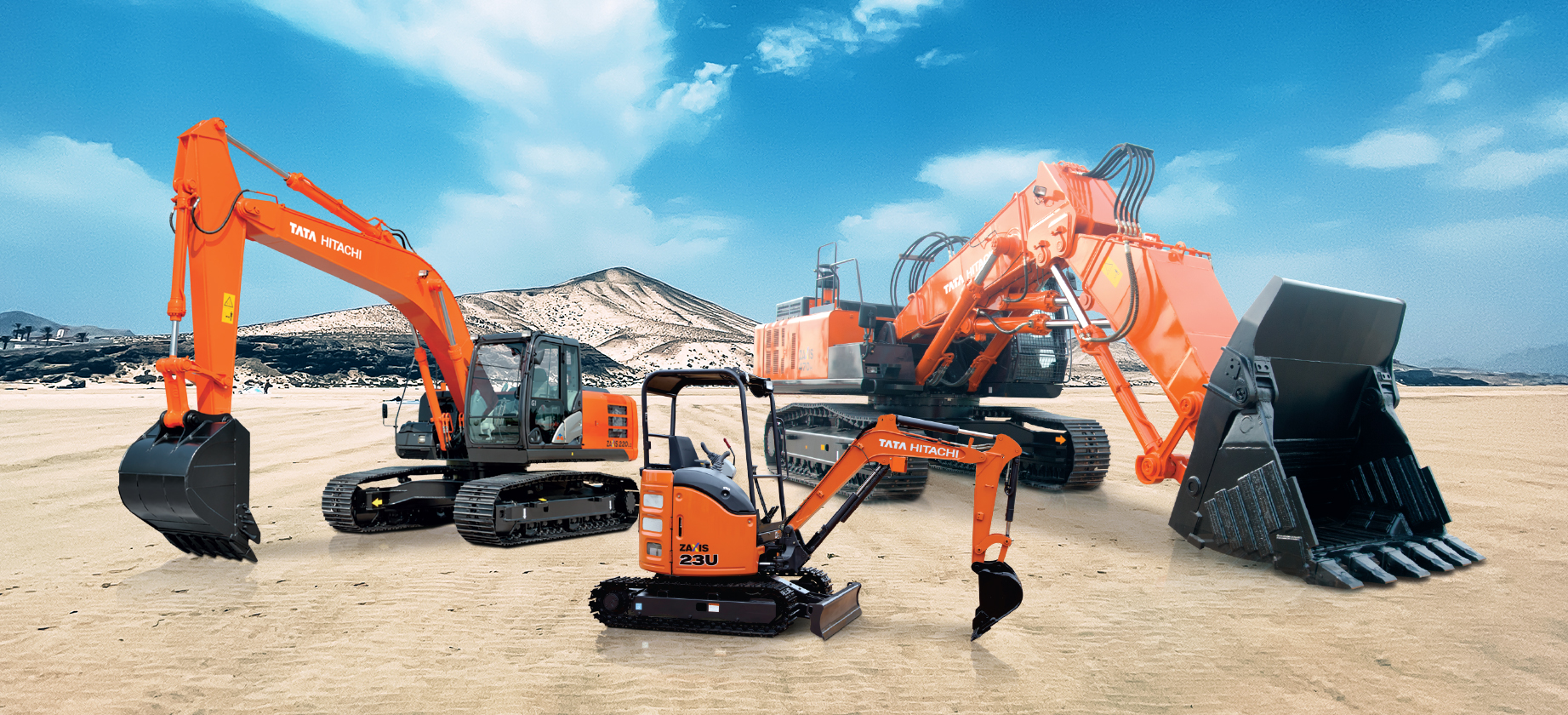 Excavators have revolutionized the construction and mining industries, providing unparalleled efficiency in earthmoving, digging and excavating. These heavy-duty machines have powerful arms and buckets that can move substantial amounts of soil, rocks, and debris.
The essence of an excavator lies in its ability to transform the physical environment. With their robust structures and hydraulic systems, these machines possess unmatched strength and agility to tackle various excavation tasks. They are the workhorses of the construction site, tirelessly moving earth and materials to create the foundations, trenches, and structures that form the basis of our built world.
Excavators have revolutionized the construction and mining industries, providing unparalleled efficiency in earthmoving, digging and excavating. These heavy-duty machines have powerful arms and buckets that can move substantial amounts of soil, rocks, and debris.
The essence of an excavator lies in its ability to transform the physical environment. With their robust structures and hydraulic systems, these machines possess unmatched strength and agility to tackle various excavation tasks. They are the workhorses of the construction site, tirelessly moving earth and materials to create the foundations, trenches, and structures that form the basis of our built world.
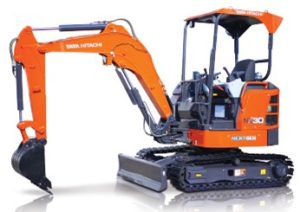
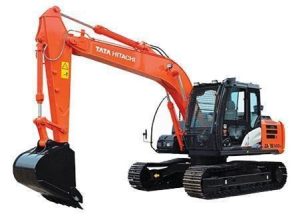
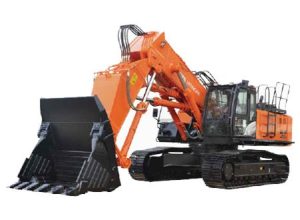
Different Types of Excavators Offered by Tata Hitachi
-
Mini Excavators: Compact Warriors
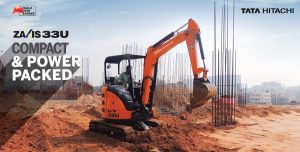
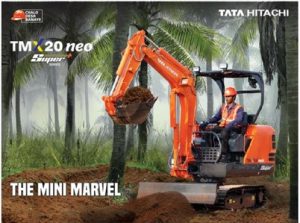
Excavators that are smaller in size than their bigger equivalents are referred to as mini excavators or compact excavators. Typically weighing approximately less than 4000 kg, mini excavators offer exceptional maneuverability. Their compact size allows access to areas inaccessible to larger machines. Mini excavators find extensive applications in landscaping, urban construction, utility work, and small-scale projects. They are commonly employed in projects for digging trenches, installing irrigation systems, and shaping the terrain. In urban construction, mini excavators excel at tasks such as demolishing small structures, digging foundations for small buildings, and handling materials on cramped job sites. Additionally, they are valuable in utility work, including installing and repairing sewer lines, electrical cables, and plumbing systems. With their versatility and maneuverability, mini excavators offer tremendous value in various applications that require precision and efficiency in confined areas. -
Construction Excavators: The Backbone of Building
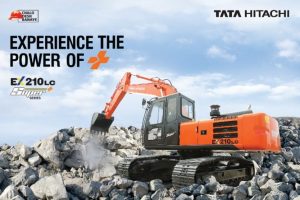
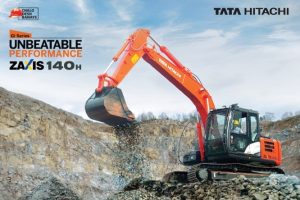
Construction excavators are the most commonly used excavators in the construction industry. They come in various sizes, from compact models to large machines weighing approximately 38,000 kg. These versatile machines are employed for digging trenches, excavating foundations, and moving large volumes of earth. With their powerful arms and buckets, construction excavators efficiently handle materials, including soil, rocks, and debris. They are also utilized for demolishing structures and clearing land. The ability to adapt to different attachments, such as breakers, grapples, and augers, further enhances their capabilities, allowing them to perform specialized tasks. Construction excavators are crucial instruments that aid in effectively completing projects in the construction sector, whether erecting structures, preparing construction sites, or enabling infrastructure development. -
Mining Excavators: Unearthing Earth’s Riches
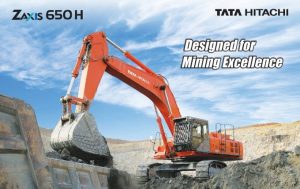
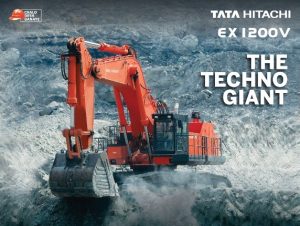
Mining excavators are heavyweight machines specifically designed for excavation and earthmoving in mining operations. These robust machines are engineered to withstand demanding mining conditions and efficiently handle colossal amounts of material. Mining excavators range from medium-sized machines to colossal units weighing over 800 metric tons. They feature reinforced structures, sturdy buckets, and advanced technologies for increased productivity and reliability. Mining excavators play a pivotal role in open-pit mining, where they remove overburden (soil and rock covering valuable minerals), extract minerals, and load them onto trucks for transportation. With their massive capacity and power, mining excavators significantly contribute to extracting and processing various minerals, including coal, iron ore, gold, and copper.
Other Specialized Excavators: Meeting Unique Challenges
Apart from mini, construction, and mining excavators offered by Tata Hitachi, several specialized excavator types are designed for specific tasks. These include:-
Dragline Excavators
Dragline excavators are heavy machinery used in large-scale mining and civil engineering projects. They employ a dragging mechanism to excavate material, such as soil, rocks, and minerals. The main distinguishing feature of dragline excavators is their long boom and wire ropes, which enable them to reach great distances. These massive machines are typically used in open-pit mining operations, where they remove overburden (soil and rock covering valuable minerals), extract minerals, and load them onto trucks for transportation. Dragline excavators offer high productivity and efficiency, making them essential for extracting resources on a large scale. -
Wheel Excavators:
Wheel excavators are a type of excavator that features wheels instead of tracks for mobility. These machines offer greater speed and maneuverability, making them well-suited for road construction, urban development, and other applications requiring quick mobility. The wheel excavators are equipped with a rotating platform, an arm, and a bucket, allowing them to efficiently dig, lift, and move materials. Their wheel configuration enables them to easily navigate paved surfaces and uneven terrain, making them versatile for various construction projects. -
Long-Reach Excavators:
Long-reach excavators, also known as long-reach booms or high-reach excavators, are specialized machines designed with extended arms and booms to reach farther distances than conventional excavators. These excavators are particularly useful in applications that require deep digging, dredging, or demolition work. With their extended reach capabilities, they can efficiently access difficult areas, such as deep trenches, high embankments, or tall structures. Long-reach excavators enable operators to perform tasks precisely, maintaining stability and control while operating at extended distances. Their versatility makes them valuable assets in projects involving waterway maintenance, bridge construction, deep excavation, and selective demolition, where traditional excavators may not have the necessary reach to complete the job effectively. -
Suction Excavators:
Suction excavators are specialized excavator types that employ powerful suction mechanisms to delicately remove material from the ground. These machines utilize a combination of high-pressure water jets and vacuum systems to dislodge and extract soil, rocks, and debris without causing damage to underground utilities or fragile structures. Suction excavators are particularly valuable in tasks that require precision excavation, such as uncovering buried utilities, working in congested urban areas, and conducting archaeological digs. Their ability to excavate with minimal disruption and a reduced risk of damage makes them an essential tool in projects where safety, accuracy, and preservation are paramount.
Article Tags:
Recent Articles
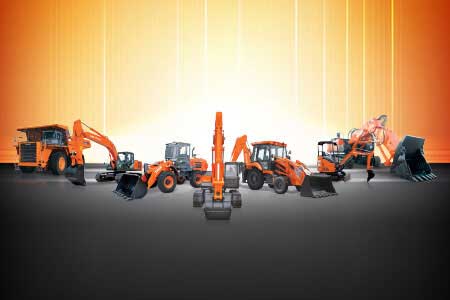
April 22, 2025.
Construction Equipment License: How to Get Heavy Machinery Operator License in India
Construction Equipment License: How to Get Heavy Machinery Operator License in India Operating heavy machinery is a crucial role inContinue Reading
Read more →
April 21, 2025.
Fuel Efficiency Tips for Excavators: How to Lower Your Heavy Equipment Operating Costs
Fuel Efficiency Tips for Excavators: How to Lower Your Heavy Equipment Operating Costs Fuel efficiency is a top priority forContinue Reading
Read more →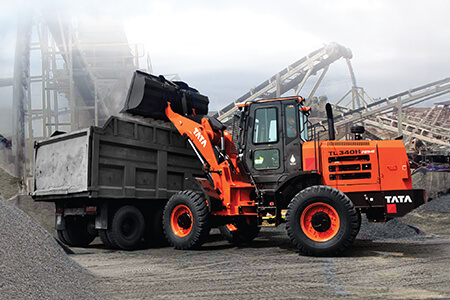
April 21, 2025.
Essential Wheel Loader Maintenance Tips for Maximum Longevity
Essential Wheel Loader Maintenance Tips for Maximum Longevity Wheel loaders are critical assets in the construction and heavy equipment industries,Continue Reading
Read more →
